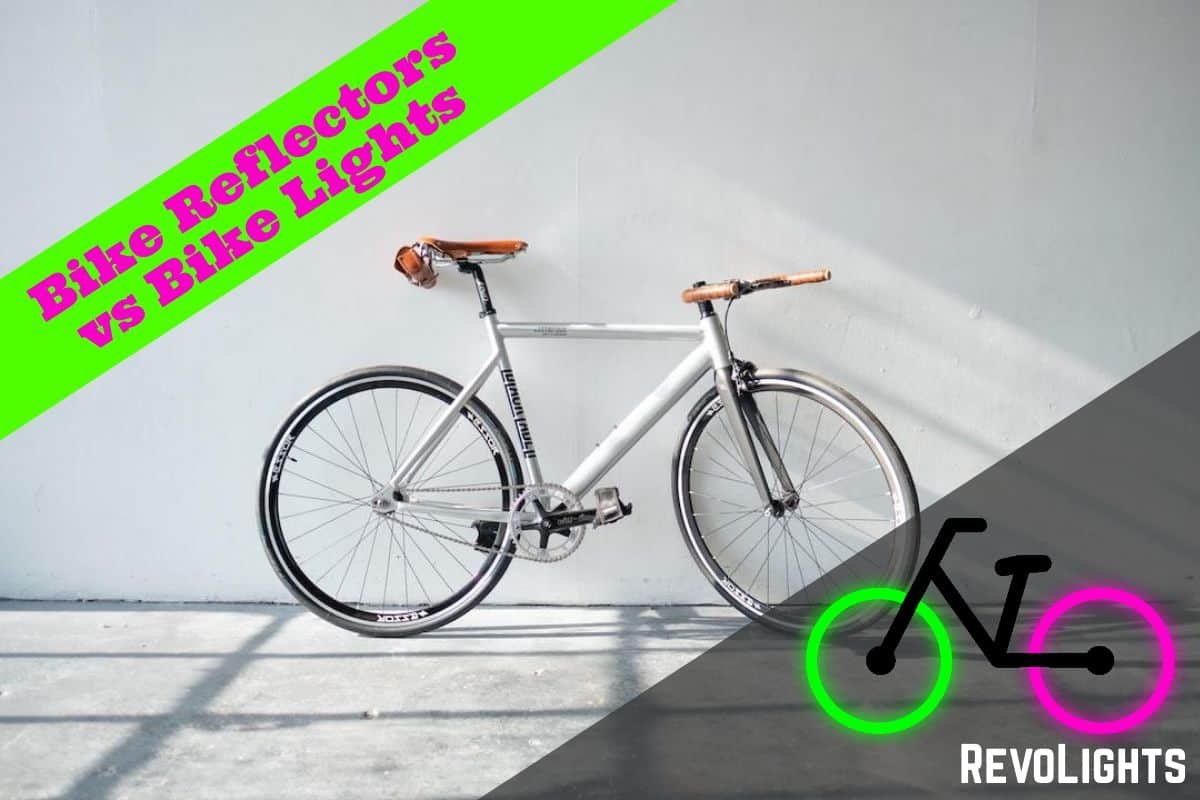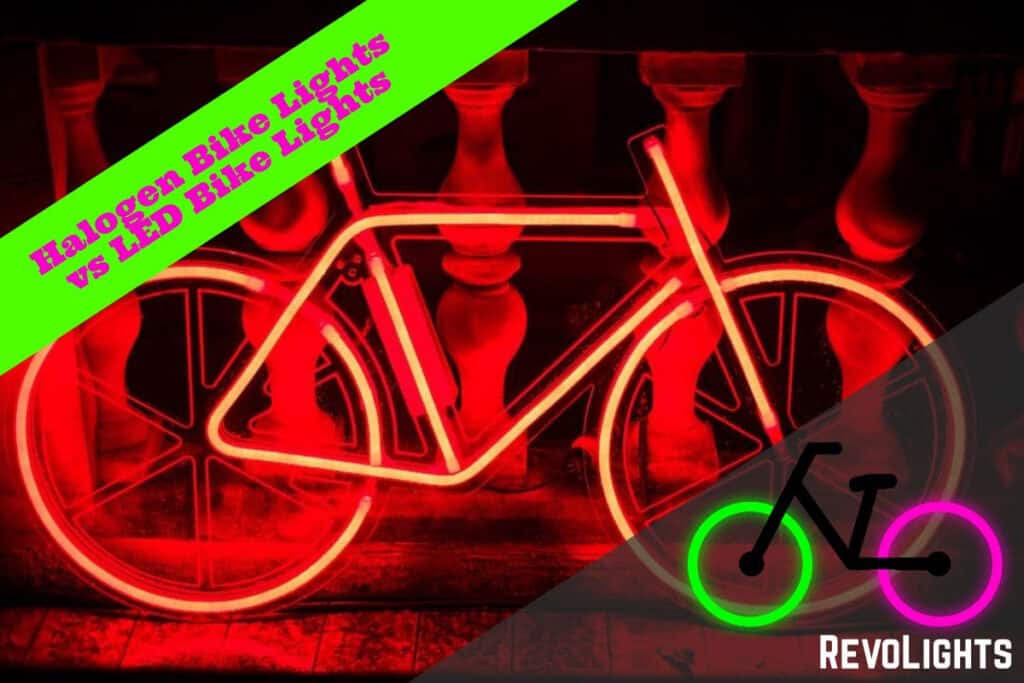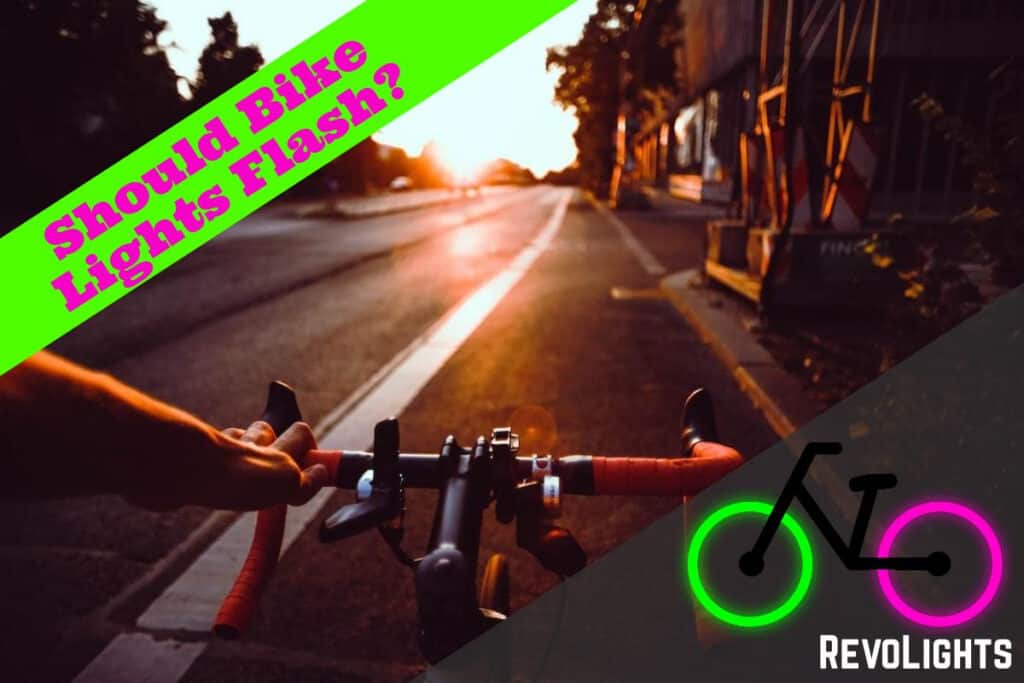Knowing the similarities between both accessories is crucial when comparing bike reflectors vs bike lights because they have different qualities and flaws. One shines brightly like car headlights, while the other is usually red and helps motorists identify riders from the rear.

Avid cyclists and bike enthusiasts widely use reflectors and lights. However, some people still don’t know the difference between both items and believe they’re interchangeable. Read on to determine how they contrast, their beneficial functions, and their various unique attributes.
Bike Reflectors
With its origin in Finland, the first bicycle reflector was created in the 1960s, providing a snap-on option for bicycle spokes, seats, pedals, racks, and handlebars. Its illumination consists of two right-angle mirrors that reflect lighting sources in various directions. They have experienced many changes through evolution and innovative ideas by other manufacturers worldwide.
Reflectors are only noticeable when they release illumination when in contact with light. While they can shine under the right conditions, they usually aren’t efficient as night visibility enhancements. They also lack the same beam intensity and luminance as electric bike lights.
Pedals
Bicyclists can place reflector strips on their bike pedals. The application is quick and easy, consisting of adhesive materials sticking to each pedal’s sides. Therefore, cyclists must apply additional reflectors to their pedals. While some bicycle manufacturers install built-in reflector items, others opt not to do so or sell them as accessories separately.
Spokes
Plastic reflectors are the standard on front and back bike wheel spokes. Several types include a clip-on, prism, mounted, spray, and strip tape. However, cyclists must be careful about reflector placement to follow legal guidelines.
Front
Front reflectors fit best on bike handlebars or front stems, which connect to the handlebars. Since silver reflects in a specific position away from motorists, pedestrians, and other drivers, consider using a white reflector. The color is standard and doesn’t shine as intensely, allowing other cyclists to identify you on the road.
Rear
Rear reflectors are commonly applied to the seat stem for easy visibility. In contrast, some bicyclists place them too high, which causes light blockage and reflects in another direction instead of directly behind the bike. Therefore, your judgment must be accurate to ensure you place your rear reflector several inches from the seat.
Non-Battery Operated – Many bike reflectors don’t require batteries and work based on the direction of light that shines on their surface. They never lose power, only needing replacements if they crack or break beyond repair.
Versatile Placement – Reflector placement is universal and at its brightest when perpendicular to the light. For instance, orange reflectors are suitable for pedals. Red and white plastic works best on the fork connection, handlebar, seat stem, or rear.
Various Types – Reflectors are available in a wide range of sizes and shapes, from rectangular to square. They can also take on a straw shape that fits all of the spokes, reflecting light on the road. A reflective spray is another option that provides cyclists with nighttime visibility under direct headlights.
Bike Lights
Small, portable bike lights fasten quickly with ease. When riding in poor light or after dark, they can help your visibility in traffic and navigate your direction on a road or pathway. Larger lights are installed in various ways and have a broader, more intense beam.
You must always use at least two bike lights during the night hours. One fixture should face the road and beam directly on the path, while another should illuminate from the rear. Both placements allow drivers to see behind you and give themselves time to stop if necessary.
Additionally, your front light must be white and bright enough for you to pass through adverse weather conditions and upcoming obstacles. The color is widely used due to bike laws and guidelines that enforce it as a requirement.
Front
Bicycle front lights can illuminate the path of your vehicle. They can also help drivers easily identify you and let you see your location in the dark. Additionally, they are mounted to the handlebars of a bike or helmet.
Rear
« Flashing vs Steady Bike Lights
Cheap vs Expensive Bike Lights »
Bicycle rear lights are designed to beam behind your bike. They also help other drivers detect you clearly, improving your visibility during daylight hours. Typically, they snap or latch onto a bicycle seat stem. Rear placement can be tricky because you must ensure the lights are visible to drivers.
Battery Life – While some bike light batteries last only 2-4 hours and drain faster on lights containing more lumens, long-lasting options are available on the market. Some batteries are rechargeable and remain efficient for extended periods.
Lumens – Bike light brightness increases depending on its lumen level. In contrast to watts, which measure a light’s energy range, lumens quantify intensity.
Distance – Some bike lights are effective on curved and straight roads, enabling detection of the rider three times farther away due to their intense beam. They can shine up to 30 feet on upcoming vehicles and provide ultimate luminance in poorly lit areas.
Durable Material – High-quality bike lights usually last a couple of years, even through consistent use. Due to their strong material, they also maintain their condition during rainstorms and heavy snowfalls. Steel is one of the most popular choices, while rubber is an alternative for individuals who prefer an unconventional type.
How to Decide What Type of Light Is Suitable For You?
Bike lights and reflectors are both popular items chosen by many cycling enthusiasts. However, where one may provide convenience for an individual, it can also be disappointing for another. Consider examining various products to choose an item you think suits aesthetic, efficiency, and quality. Both have advantages and disadvantages, but the benefits must outweigh the flaws.
Some bike riders wonder about the bike reflectors vs bike lights comparison, mainly when choosing which lighting is more reliable and effective than the other. It would be best to determine if you can achieve high visibility and efficient illumination by experimenting with reflecting and direct lighting options.




